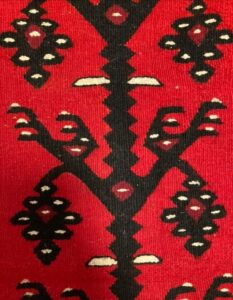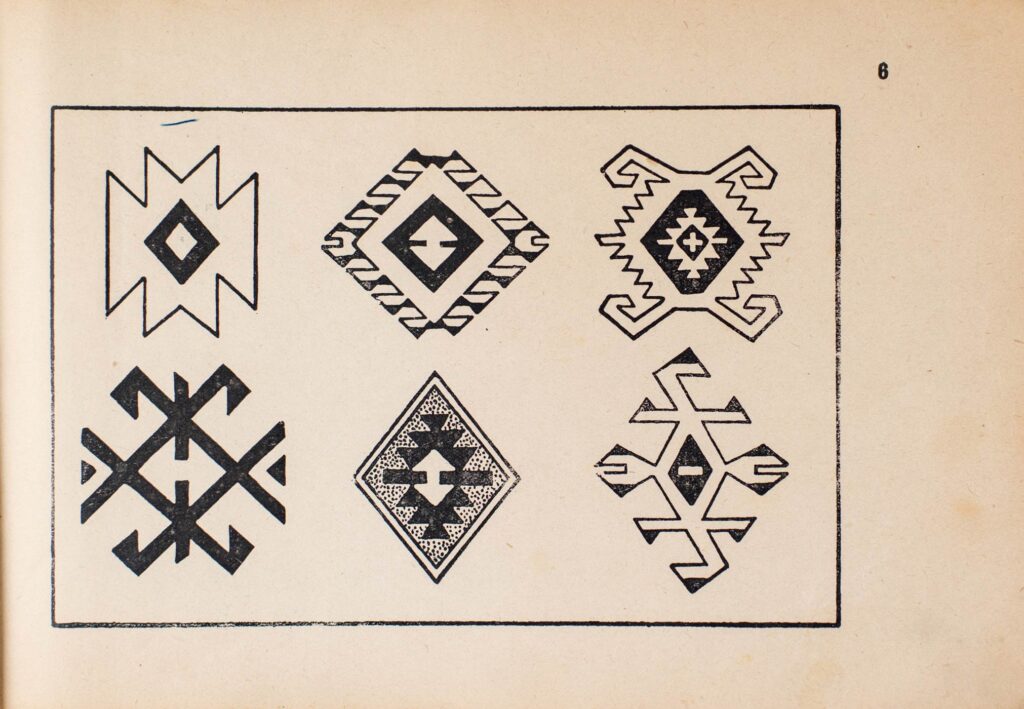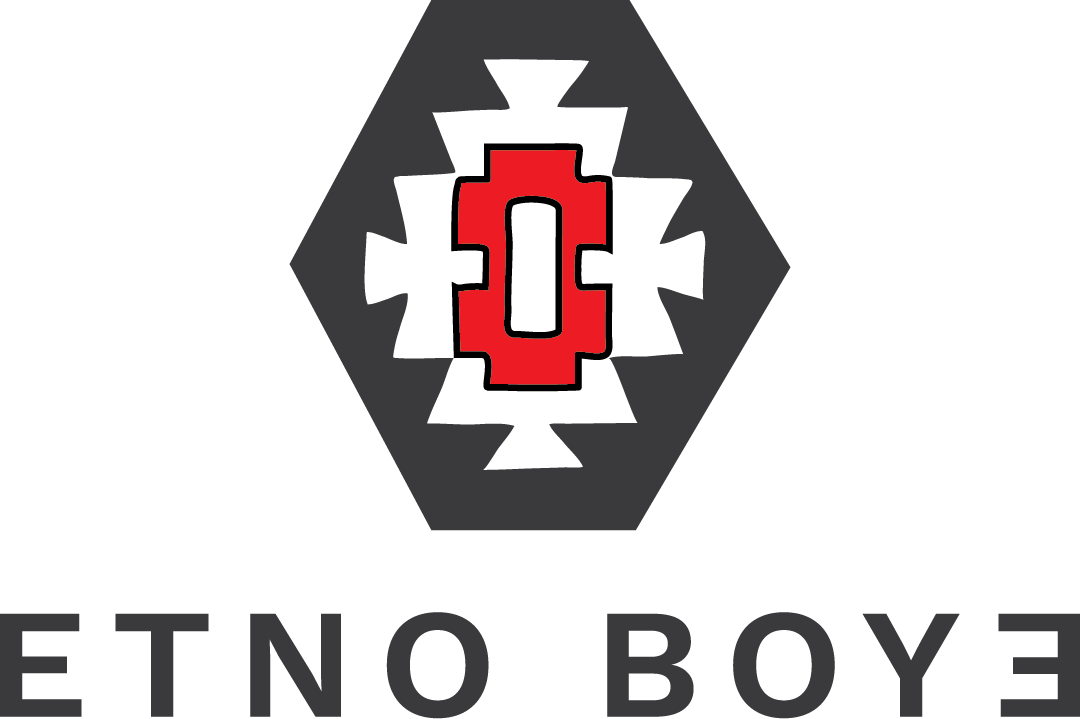
how It All Began...
The story of Etno Boye begins with the city of Nis in Southern Serbia, where the passion for weaving, embroidery and knitting was a part of every woman’s daily life, creating pieces with vibrant colors, natural materials and unique patterns. With modern-day fashion and technology taking over around the world, this beautiful, traditional craftmanship was on the cusp of fading away. In an effort to keep the history and the culture alive, Etno Boye was born, breathing new life into the stylish craft by applying a modern touch to this time-honored tradition.
founder

“I was born in Serbia and always had an admiration for the diversity and beauty of Serbian national costume wear and traditional weaving. Growing up, we had an old weaving machine at home and as a child, I spent hours watching my mother and grandmother creating gorgeous fabric from threads. It was magical to see how a beautiful and colorful coat was made from some yarn and a hard-day’s work,” said Etno Boye founder Aleksandra Dordevic. “The traditional crafts of weaving, knitting and embroidery were a part of everyday life in Nis. It became my dream to create something unique by using traditional designs combined with a touch of modern style, hence, the birth of Etno Boye.”
Design Inspiration
Weaving is a universal language. Weaving is a link to the past, present and future. It is a craft steeped in tradition and rooted in inspiration, displaying both the person and collection experience of each country and culture. Each fabric bears the hallmarks of the region in which it was created, whether motives, colors or the type of materials.
Etno Boye’s first collection is inspired entirely by traditional art of weaving, used for centuries throughout Serbian history.

Serbian patterns were born as a way of storytelling through elements and were passed down through generations of skilled artisans. In addition to creating well-known carpets and covers for different household items, weaving was also widely used in creating everyday clothing.
Serbian Heritage
The styles of past Serbia are now part of the traditional national costume of Serbia and its cultural heritage, featuring key elements such as ribbons (Tkanice), worn by women and men as decorative belts. Ribbons were woven on small looming machines, creating intricate patterns by carefully pulling threads – a slow process that requires great skill, patience and love.

